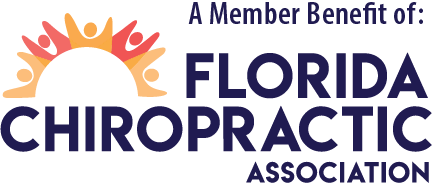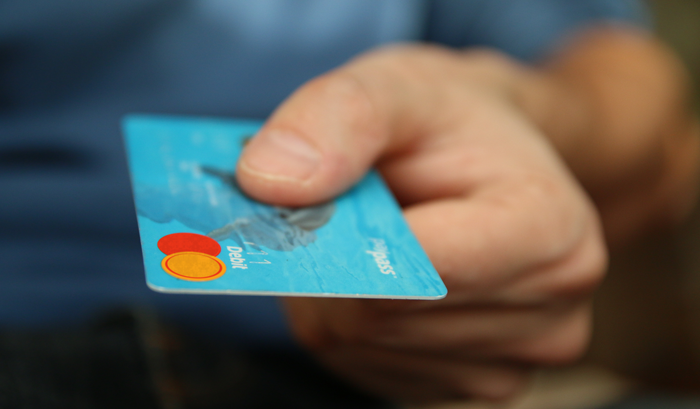What to Do When Your Wallet is Lost or Stolen
47% of Americans experienced some type of financial identity theft in 2020 alone, according to a report by the Aite Group. A wallet typically contains most, if not all, of the information criminals need to exploit your identity – by opening bank accounts, taking out loans, and making fraudulent charges in your name.
If your wallet happens to be stolen or lost, it’s critical that you take steps to protect your identity.
1. Double-check everywhere.
Before taking the drastic measure of closing accounts and reordering documents you should make sure that your wallet really is lost or stolen. Try retracing your steps thoroughly and checking places you recently visited – such as where you made your last purchase. You may end up saving yourself time, money, and a headache.
2. Call your debit & credit card issuer(s).
If you’ve established that your wallet is definitely lost or stolen, the first thing you should do is call each of your banks / financial institutions to inform them. They will deactivate your card and mail you a replacement, which normally arrives within a week.
The sooner you can deactivate your card, the better. Doing so can help decrease the amount of unauthorized charges that you could be held legally responsible for. (These policies vary, so check with your bank.)
3. Address your credit.
The next step involves notifying one of the three national credit bureaus – Equifax, TransUnion, and Experian. The credit bureau will “freeze” your credit, which blocks criminals from trying to open any new lines of credit or accounts in your name. Do this quickly. If a thief does serious damage before you’re able to freeze your credit, it can potentially take years to recover from.
4. If you know it was stolen, report it to the police.
While it probably won’t help get your wallet back, a police report provides you with official documentation of the theft. This can be helpful if you end up filing a complaint with the Federal Trade Commission, or applying for a new driver’s license or social security card.
5. Replace other missing cards & documents.
Now that the wheels are in motion with the critical items mentioned above – you can shift your focus to replacing the other items that were in your wallet. Start by doing an inventory of the contents (driver’s license, insurance cards, loyalty cards, etc.), and then contact each provider for details on their replacement process.
Restoring your identity and credit after losing a wallet can end up being a lengthy and costly process. For peace of mind consider securing an identity theft protection plan. These plans provide suspicious financial activity monitoring, dark web tracking, data breach notifications, and other services that help safeguard your identity and credit.
As a benefit of your membership, you can receive special pricing on an identity theft protection plan. Visit the ID theft protection page today to enroll.


